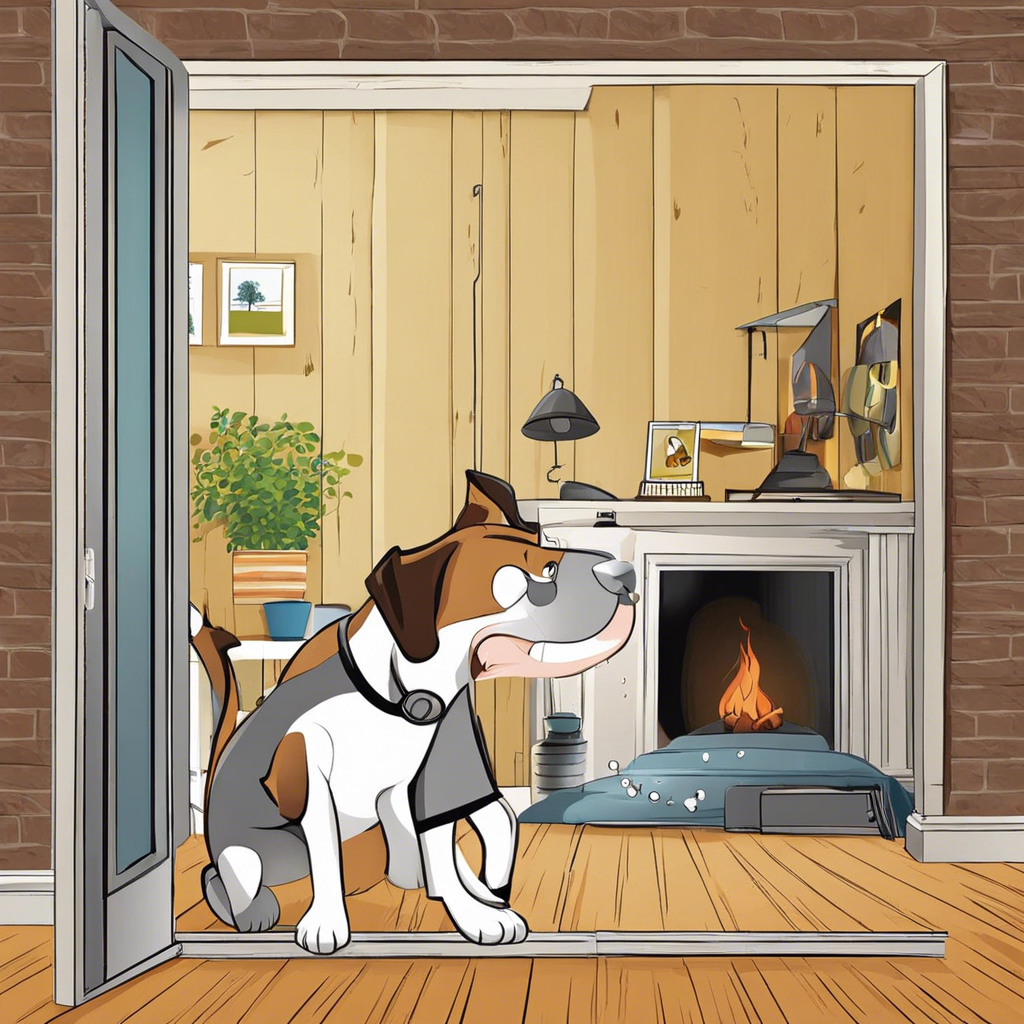Many dog owners know the struggle of managing their beloved pets’ barking, especially when it disturbs the peace of your home and, more importantly, your neighbors. Whether you’re dealing with a vocal pup or aiming to prevent potential noise complaints, soundproofing your home can significantly improve the quality of life for everyone involved. Here are some practical tips to create a quieter and more harmonious living environment for you and your four-legged companion.
**Understanding the Source of the Sound**
Before implementing any soundproofing measures, it’s essential to pinpoint the primary areas where sound travels. Barking dogs can generate a considerable amount of noise, and sound can easily pass through various structural components of your home, such as doors, windows, walls, and floors. Identifying these entry and exit points for sound waves is crucial in determining the most effective soundproofing strategies.
**Door Solutions**
One of the most common culprits for sound leakage is the gaps around doors. Soundproofing doors can be achieved by installing door sweeps to seal the bottom gap, and a door gasket or weatherstripping to cover the sides and top. These simple additions create a tight seal, effectively blocking sound from escaping through the door. If replacing the door is an option, consider solid wood or soundproof doors with higher Sound Transmission Class (STC) ratings, as they offer better noise reduction.
**Window Treatments**
Windows are another potential escape route for unwanted noise. Soundproofing windows can involve using acoustic-rated glass or adding a second pane to reduce sound transmission. For a more cost-effective approach, consider installing thick, heavy curtains or drapes made of sound-absorbing materials like heavyweight woven fabrics. These curtains not only enhance the aesthetics of your home but also act as a sound barrier, significantly reducing the amount of noise that can pass through.
**Wall and Ceiling Upgrades**
When it comes to walls and ceilings, there are several options for improving sound insulation. Adding mass to the existing structure, such as installing acoustic panels or mass loaded vinyl (MLV), can help dampen sound waves. MLV is a flexible material that can be mounted on walls or ceilings to block sound transmission. Alternatively, consider building a second layer of drywall with green glue, a viscoelastic compound, between layers to further enhance noise reduction.
**Flooring Options**
For homes with downstairs neighbors, addressing floor noise is essential. Adding rugs or carpets can help absorb impact noise and muffle barking sounds. Underlayments or soundproof mats can be installed under flooring to further reduce noise transfer to the unit below. For those in apartments or condos, it may be worth discussing soundproofing measures with the property management or homeowners association.
**Outdoor Spaces**
If your dog spends time outdoors, creating a designated space for them can help contain the noise. Building a dog house or kennel with sound-absorbing materials, such as straw bales or hay, can act as a natural sound barrier. Ensure the area is well-insulated and provides a comfortable environment for your pet.
Soundproofing your home for a barking dog requires a combination of strategic planning and the right materials. By addressing the various entry points for sound, you can create a quieter home without compromising on your pet’s comfort. Remember, while soundproofing can significantly reduce noise, it may not eliminate it entirely, so patience and understanding from neighbors are also essential in fostering a peaceful community.

